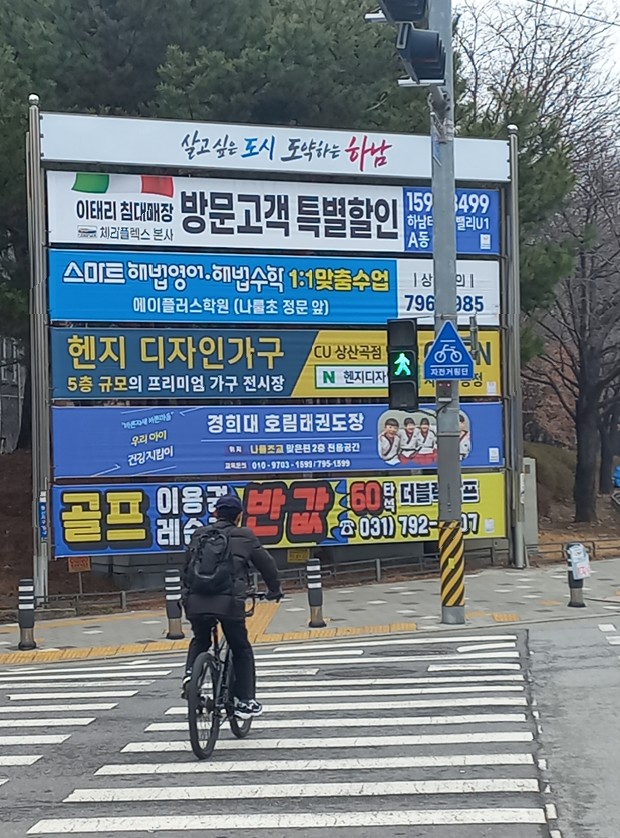 What percentage of Koreans live alone in Korea?
What percentage of Koreans live alone in Korea?
What percentage of Koreans live alone in Korea?
An increasing trend.
Korea has experienced significant changes in household composition over the past few decades. One notable change is the growing number of Koreans living alone. This phenomenon interests many people and makes them curious: What percentage of Koreans actually live alone? Let’s take a closer look at the statistics and look at the reasons behind the trend.
The growing number of solo residents.
According to recent data, the proportion of Koreans living alone has been steadily increasing. As of 2020, about 35.8 percent of the Korean population lived alone. This figure shows a significant increase from 11.8 percent in 1990. It is clear that living alone has become a widespread lifestyle choice in Korea.
Factors influencing trends.
Several factors contribute to the increase of Koreans living alone. First, the rise of urbanization played an important role. As more young people gather in cities to find better job opportunities, they often find it more convenient to live alone. In addition, the cultural emphasis on privacy and independence has also influenced individuals’ decisions to pursue a solo lifestyle.
Another factor is the changing demographics of Korea. An aging population and a decreasing birth rate mean that there are more single-person households. In addition, a rise in the number of divorces has also contributed to the increase in single-person residents. In some cases, people who have experienced divorce may choose to live alone to start anew.
Social impact.
The increasing trend of Koreans living alone has had a profound effect on various aspects of Korean society. The demand for small apartments and studio apartments has skyrocketed due to more solo residents. This has led to a significant increase in the construction of small living spaces, especially those that meet the needs of single individuals.
In addition, the rise of single-family homes has also affected the economy and consumer patterns. Single people often spend more on convenience services and products, such as ready-to-eat meals and home delivery services. This has led to the emergence of a thriving market that meets the needs and preferences of single residents.
A summary of.
The proportion of Koreans living alone has seen a marked increase over the years, increasing from 11.8 percent in 1990 to 35.8 percent in 2020. Factors such as urbanization, cultural values, an aging population, and divorce contribute to this growing trend. The impact of single-family homes can be observed in the real estate market and in consumer behavior. It will be interesting to see how these trends develop and have more impact on the country as Korea continues to evolve.